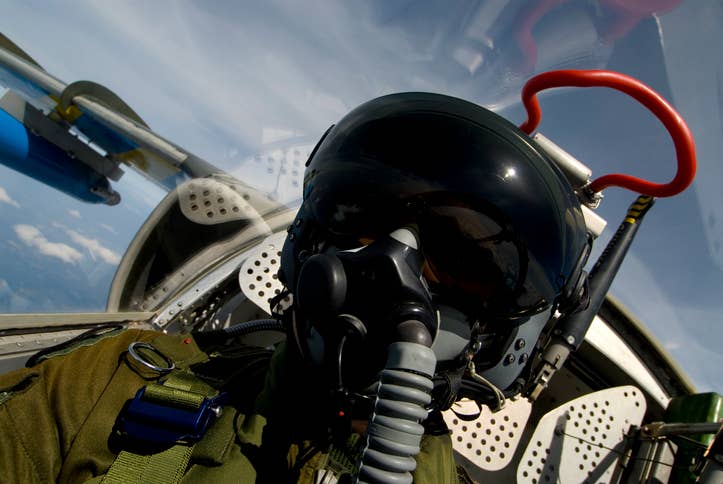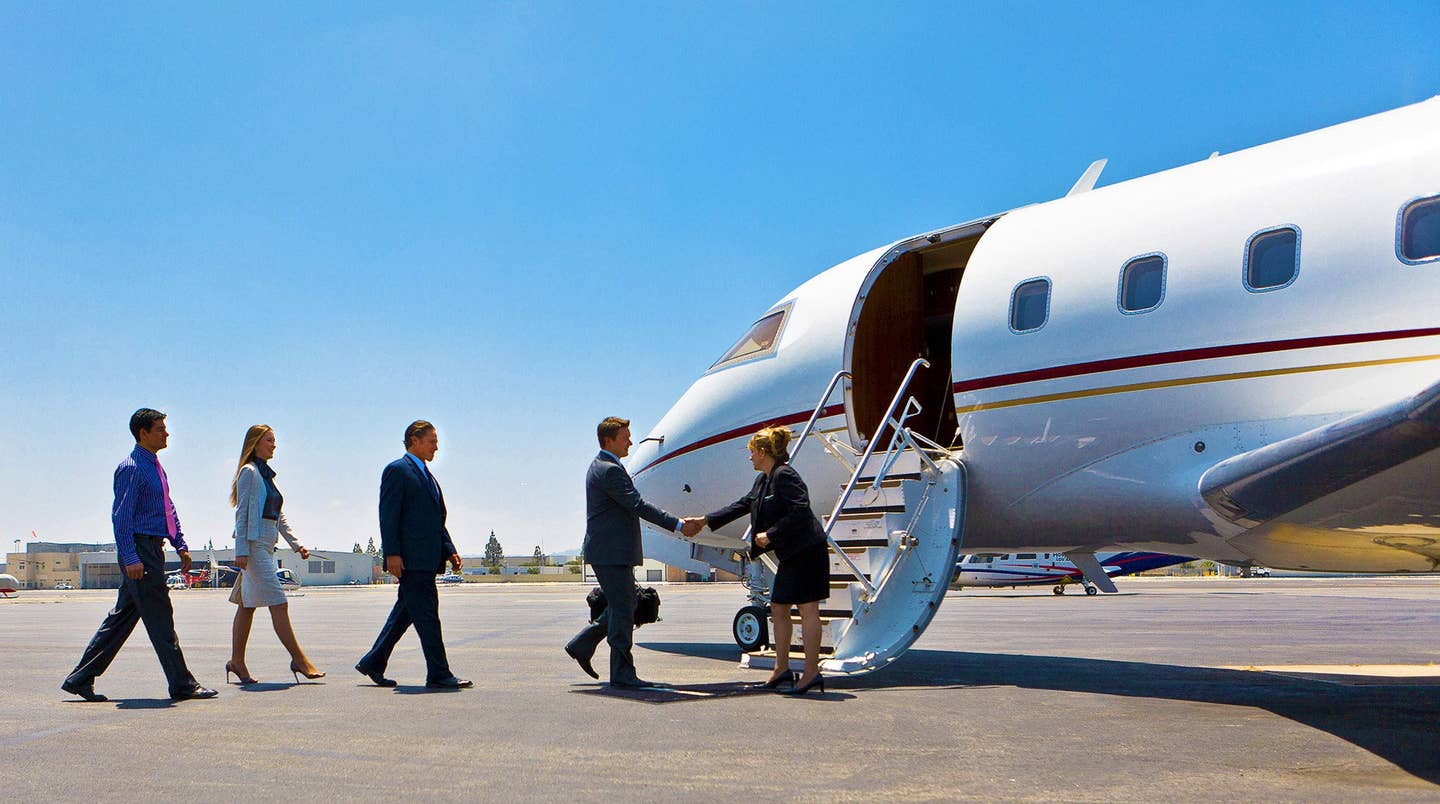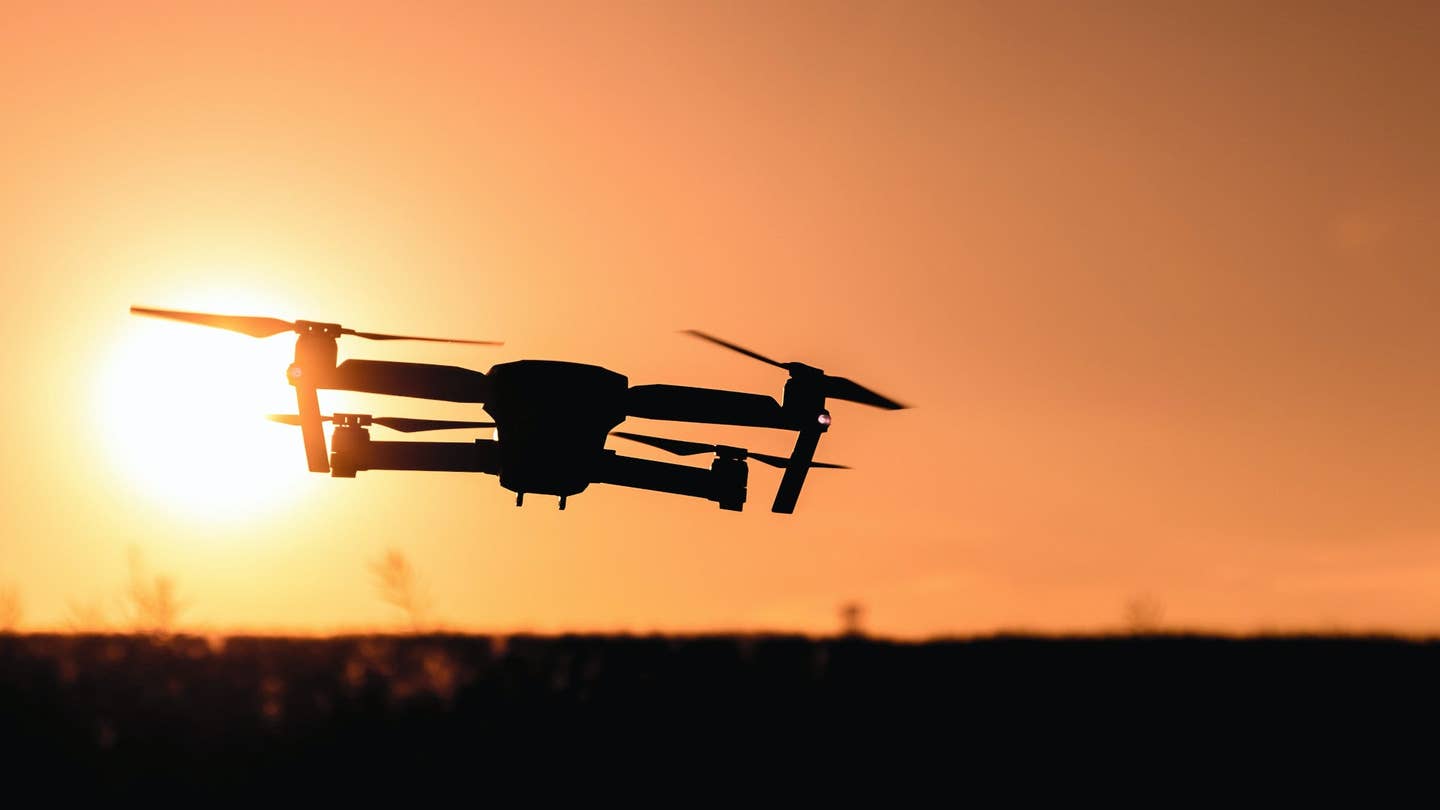
Learning about the basics of stall and spin maneuvers can calm important recovery fears. [Credit: PerWilhelmsson]
Ever since British pilot Wilfred Parke inadvertently entered and recovered from the first recorded spin in 1912, pilots have been intrigued and simultaneously scared of stalls and spins. But why? Understanding what a stall is, how it develops into a spin, and how the pilot can recover from either event will reduce any apprehension you may have.
If you fly aerobatic category aircraft, spins come as naturally as turns. So why does the fear of them arise? Simply put, it's a lack of knowledge and understanding. Your airplane will typically not spin on its own. The pilot has to put in the proper control inputs to induce a spin in most cases–or allow it to enter a remote corner of the flight envelope.
Your airplane may stall on its own, but many light aircraft have been designed to either resist a stall entry or begin to recover on their own. Therefore, the airplane typically is doing exactly what it was designed to do–which for most light single-engine airplanes is flying straight and level, not stalling or spinning.
Airplane’s Airspeed
Remember, your airplane needs a minimum amount of airspeed to generate the lift necessary to fly. Once flying, the airplane has a wide range of airspeeds at which it is safe to operate. At the lower end of the spectrum is the stall speed in various configurations, below which, the wing loses lift and typically causes the aircraft to descend. At the upper end is the never-exceed speed, or maximum design airspeed (VNE) If this speed is exceeded, the airplane may suffer damage or structural failure because you have sped past its limits.
This is one reason why you learn about VNE (never-exceed speed or red line) and VNO (maximum speed for normal operations/maximum structural cruising speed or the bottom of the yellow arc), as well as maneuvering speed, VA, when you are learning to fly. You can find out more about maneuvering speed here.[https://www.flyingmag.com/myth-maneuvering-speed/]
In general, you will perform most flight maneuvers at VA, maneuvering speed, or below, and this speed varies with the aircraft’s weight and configuration. You will also stay below VNO unless you are in smooth air, in order to reduce the risk of inducing structural damage on the airframe if you encounter turbulence or wind shear. The maximum speed, VNE, is the top limit never to exceed.
Angle of Attack
Let's first review the Bernoulli Principle, named after the Swiss mathematician and physicist Daniel Bernoulli. He realized that an object moving through a fluid, be it water or air, exhibits certain predictable results.
Let's look at an airplane wing. The "front" edge is called the leading edge. The "back" edge is called the trailing edge. A line drawn from the leading edge to the trailing edge is called the chord line. A line drawn perpendicular from the chord line to the upper and lower surface of the wing is the camber.
A typical wing on a single-engine piston airplane has a greater camber on the top side of the wing than the bottom side of the wing. This means the wing generally has more of a curve on the top than the bottom. Airplane wings incorporate a variety of airfoil designs depending on their primary use.
According to Bernoulli, as a given airfoil moves through the air, the air is forced to travel around the wing. Because of the greater camber, or curve, on the upper section of a typical wing, the air has a farther distance to travel over the top of the wing, than it does under the bottom of the wing.
As a result of the greater distance traveled, the air flows faster over the top of the wing, and as a consequence the top of the wing creates a slightly lower pressure area than does the bottom of the wing, creating a lifting force toward the lower pressure area.
This principle, combined with Sir Isaac Newton's Second Law of Motion, "for every action, there is an equal and opposite reaction," created the basic ingredients for flight. Well, there are a few more important considerations to create an airplane, but the airfoil is primary among them.
Now, as our intrepid airfoil moves forward through the air, it experiences a “relative wind” that is equal in velocity but opposite in direction to the movement of the wing. It also creates drag as a by-product of generating lift. Remember Isaac Newton? Pilots know this as induced drag, which among other things reduces our wing’s efficiency. If we were to draw the chord line of our wing and draw a line that represents the relative wind, the angle formed by those two lines is called the angle of attack. As the angle of attack increases, initially so does both lift and drag, with lift increasing faster than drag. At a point, airflow is disrupted over the wing, and the production of lift lowers dramatically. This point is called the critical angle of attack. Exceeding the critical angle of attack will result in the wing stalling, which will result in the nose pitching down—meaning it naturally wants to go to a lower angle of attack in most airplane designs.
Stalls
As the pilot you have control over the angle of attack, but not the critical angle of attack. This is an aerodynamic limit engineered into the airplane. The critical angle of attack is the point at which the airplane will stall. The airplane is now generating drag faster than lift, and as such its aerodynamic behavior changes, and so does how the pilot controls the airplane. Pilots are trained to recognize when an aircraft is getting close to the critical angle of attack, and to promptly recover by adding forward elevator pressure, or relaxing the back elevator pressure to decrease, or lower, the angle of attack below critical. There are many aerodynamic clues that a pilot is trained to use to correct a stall situation.
Controlling the Stall
During stalled conditions, the ailerons may not work the way you expect. The aileron deflected towards the ground will generate more drag than the aileron deflected toward the sky–and aerodynamically, your ailerons in a stall may not respond in the same way. You will need to follow the specific recommendations made by your instructor and the airplane’s manufacturer when experiencing a stall–but generally, you should keep the ailerons neutral.
Instead, recovery will focus on using the rudder, in most cases. Your rudder controls “yaw,” which is a side-to-side movement of the nose of the airplane about the vertical axis of the airplane. During a stall, it’s the correct control input for maintaining control of your airplane. Like other flight control inputs, you will apply rudder in the direction you wish to move the nose, and then return the pedal to neutral. If you are stalled and hold rudder input, you are may cause the airplane to enter a spin.
Stall Recovery
Stall recovery is simple. You recover by adding forward elevator pressure, or at least relaxing the back elevator pressure to decrease, or lower, the angle of attack below the critical point. There’s no need to panic—your airplane will respond to all of your control inputs. Just gently release the elevator back pressure and you will recover from the stall.
Spins
While it is true that your airplane has to be stalled before it will spin, it is not the stall that causes the spin, it is excessive yaw while in the stall that will cause the autorotation we call a spin. Stall your airplane, don’t move your feet, and make full aileron deflections and see what might happen.
Spin Recovery
Not all airplanes can be so easily coaxed into a stall or spin, but if you enter one, recovery is usually straightforward.
You can remember the general steps using the following mnemonic, courtesy of Rich Stowell:
P - Power to idle
A - Ailerons to neutral
R - Rudder FULL opposite to the direction of spin rotation
E - Elevator forward to transition out of stalled flight
When the spin is over:
R - Rudder to neutral
E - Elevator input as required back to level flight.
Learn more about flying today!
You should not be afraid of stalls and spins. Your airplane is actually doing exactly what it was designed to do–and as a pilot, you will be taught the basics of stall recovery in your initial lessons.
If you want to explore spins in detail, find a good aerobatic flight instructor with experience to “show you the ropes” and don’t be afraid of flying in the stalled flight region. You just may become addicted to stalls and spins. To learn more about flight techniques, subscribe to FLYING magazine.

Subscribe to Our Newsletter
Get the latest FLYING stories delivered directly to your inbox






